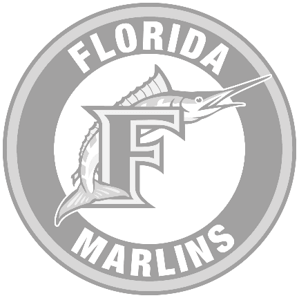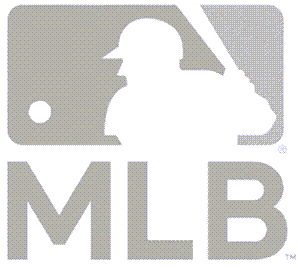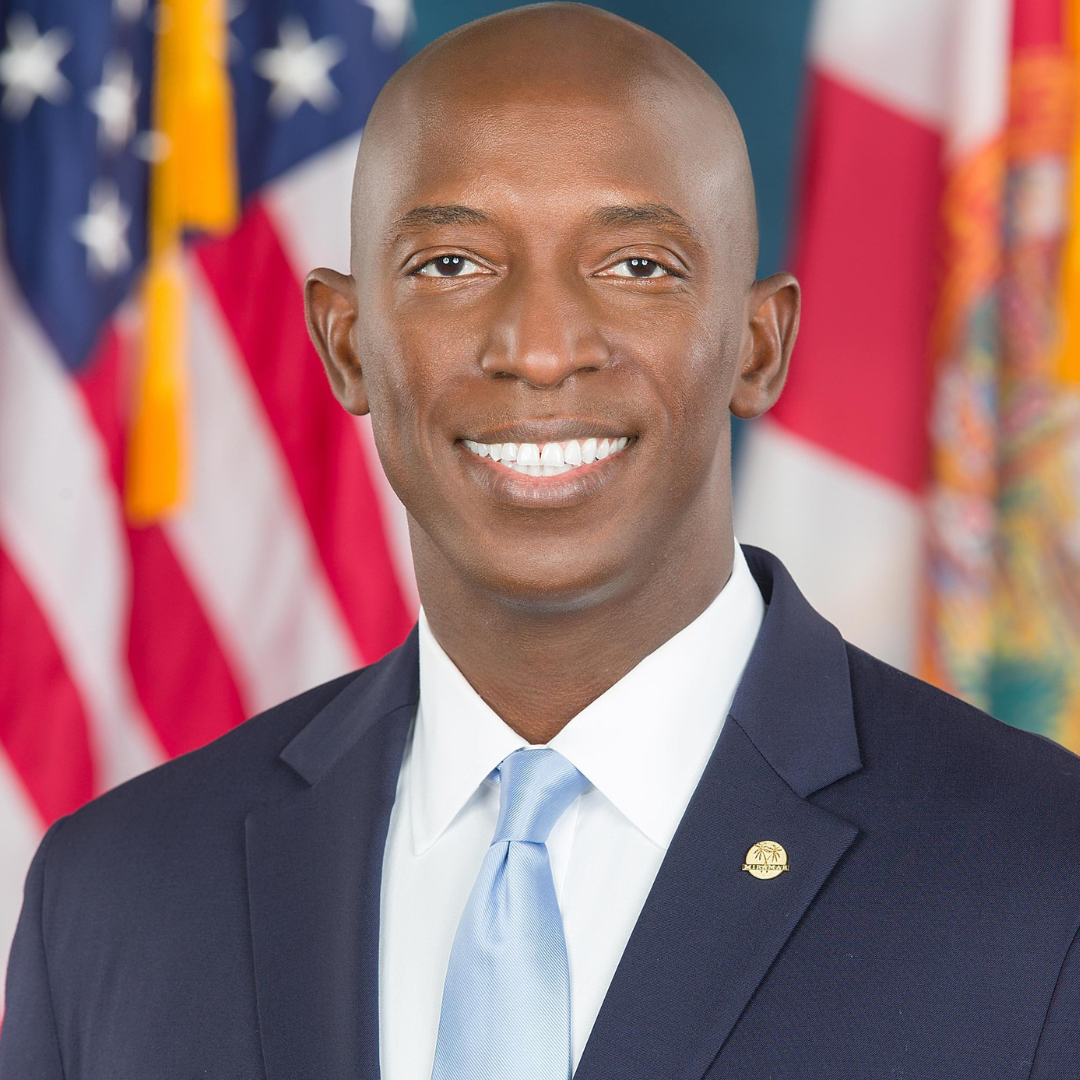When traveling abroad to a place like Rome or otherwise for the first time since the pandemic, there are a lot of to-do items to be ticked off on your financial checklist. One of the most important being preparing your credit card companies by letting them know where you’re going so they don’t freeze your accounts when a charge shows up from Thailand.
Before heading overseas, travelers plan what to see and do, but they often forget about the financial planning involved with a trip until it’s too late. Besides basic preparations, like making copies of your bank account and credit card information, there are a number of financial measures that can potentially save you from myriad problems while abroad. If you don’t want to pay for your mistakes financially, or with precious time when you’d rather be sightseeing, make sure to go through this financial travel checklist before boarding the plane. Check out these tips we like from US News:
1. Notify your financial institutions.
The money in your bank account has no significance if your account is frozen. Even the slightest deviation from your normal spending pattern can raise a red flag for a fraud department, which may result in your account becoming frozen or your credit card denied.
Prevent this from happening by informing your bank and credit card companies about the location of your travels and the duration of your stay in the foreign country.
2. Set up online accounts.
An online bank account will give you added convenience and security over your funds while traveling overseas. With an online account, you can easily check your balances, transfer and deposit funds, and stay on top of recent transactions.
Setting up automatic payments can also help you pay bills on time and meet your financial duties while thousands of miles from home.
3. Have multiple forms of payment.
Although the ideal form of payment depends on your travel destination and spending habits, it’s a good idea to carry a variety of payment methods such as cash, debit cards and credit cards.
It’s also wise to have multiple bank accounts and credit cards – especially ones that are accepted internationally, such as Visa and MasterCard for credit cards, and Chase and HSBC for banks.
Even if you’re set on using one spending method for the majority of the trip, you should still carry the extra card with you. Also, it is crucial that you have the card you used to book the trip with you at all times, even if you don’t intend on using it for foreign transactions.
4. Check the exchange rates.
When traveling abroad, you should familiarize yourself with foreign currency and exchange rates to understand the value of a dollar. You can use an app, like Currency, to find out the latest exchange rates. Note that in addition to exchange rate conversion fees, you may encounter foreign exchange fees when converting money abroad.
5. Sign up for a travel rewards credit card with no foreign transaction fees.
To find the right travel rewards card for you, first analyze your spending habits and travel pattern. Signing up for the right travel rewards credit card will get you a wide range of benefits and perks while traveling – including no foreign transaction fees, which can be beneficial for travelers who use credit cards as their main form of payment overseas. You can also rack up rewards points and miles for travel rewards or cash back.
6. Get an ATM card from an online bank.
Signing up for a no-fee ATM card will give you the freedom to withdraw money without having to worry about racking up fees. Keep in mind that you don’t necessarily have to change banks to avoid ATM fees overseas, as many banks will waive them for certain checking account holders.
7. Cash is king.
For Americans, U.S. dollars can be the most cost-effective form of payment, as you automatically save on any fees you would have to pay at a financial institution. Most vendors will also give you a fair exchange rate on the conversion from dollars to their local currency.
Exchanging money at the airport may be convenient, but you’ll pay for it with fees and expensive exchange rates. A better idea would be to withdraw the foreign currency through your bank or at an ATM machine upon arrival.
And remember: No one turns down cash. Traveling with a couple hundred dollars worth of emergency cash is a smart decision in the event you can’t access money. Just make sure to carry cash in small denominations, as it can be dangerous to flash large amounts of money in public.




















